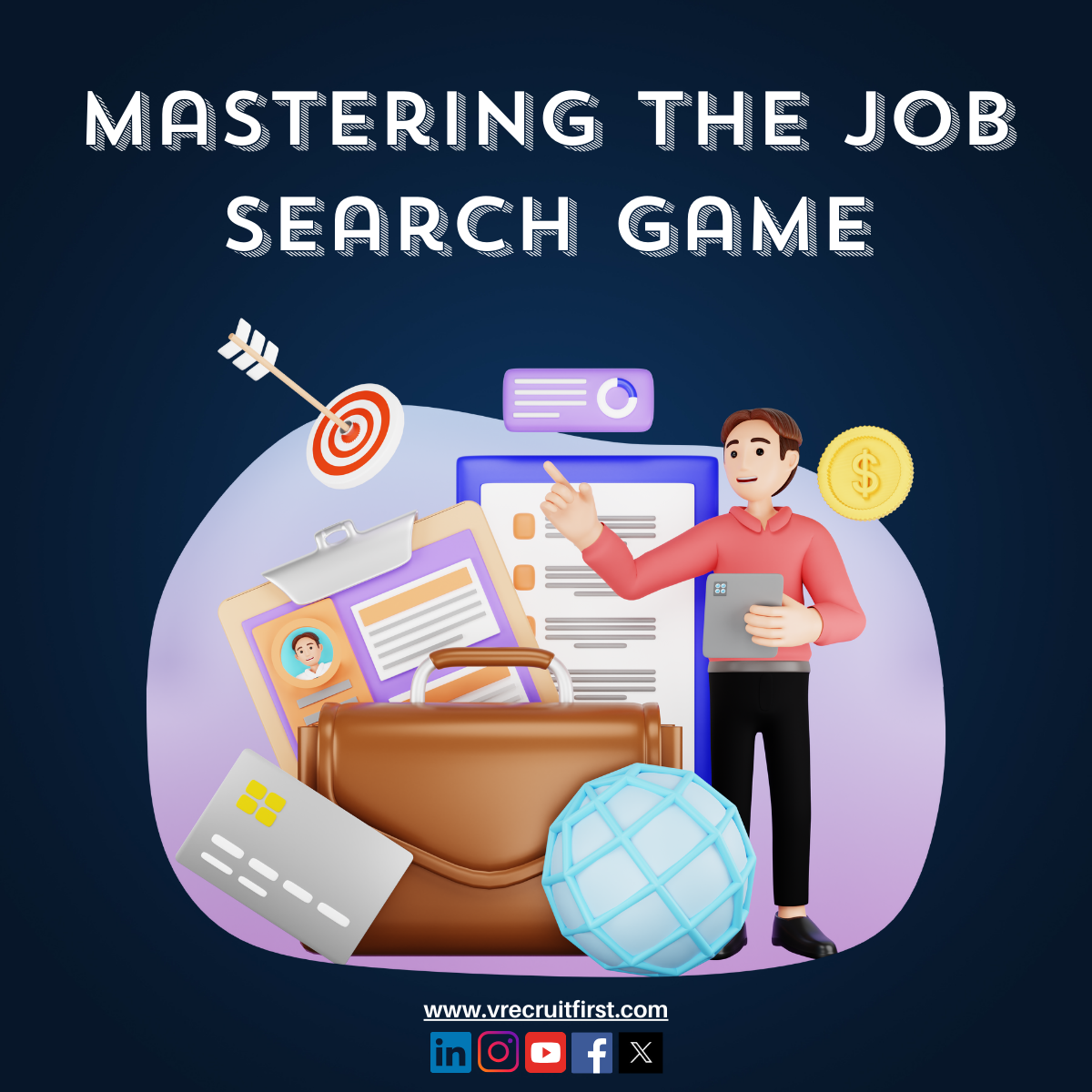Recently, billionaire biohacker Bryan Johnson made headlines for abruptly walking out of a podcast with Nikhil Kamath due to India’s poor air quality. The podcast was being recorded in a sea-facing apartment in Bandra, Mumbai, with an Air Quality Index (AQI) of 130. For most of us, an AQI of 130 doesn’t seem that alarming, especially when compared to the 1600 AQI levels sometimes reported in Delhi. However, Johnson’s reaction to India’s air quality has sparked a much-needed conversation about the state of air pollution in the country.
At first glance, many viewed Johnson’s decision as an overreaction. Bandra is a posh neighborhood, and 130 AQI isn’t exactly catastrophic. Yet, upon further reflection, it becomes clear that it’s not Bryan who is overreacting—it’s us who have underreacted to a systemic crisis that has now become a normalized part of our daily lives.
The Problem with Normalizing Air Pollution
In India, we’ve come to accept polluted air as a part of life. We breathe in fumes from vehicles, factory emissions, and the burning of waste. The unfortunate reality is that we’ve become desensitized to this danger. Air pollution has been linked to a wide range of health problems, from lung damage to cardiovascular diseases and cancer. Yet, despite the overwhelming evidence, many still go about their day-to-day life without giving a second thought to the damage caused by the air they breathe.
The facts are staggering:
- 1.67 million people die in India each year due to air pollution.
- 8 of the 10 most polluted cities in the world are in India.
- AQI levels of 150 or above are considered unhealthy, while anything over 200 is considered hazardous.
Yet, we continue to normalize dangerous air quality levels and even justify them as “part of living in a developing country.”
Bryan Johnson’s Perspective: A Call for Action
Bryan Johnson, known for his obsessive commitment to anti-aging and biohacking, has spent over $4 million optimizing his body to reverse the aging process. His dedication to maintaining a pristine level of health and longevity led him to walk out of the podcast when faced with the air quality in Mumbai. But it’s not just about him. His reaction reflects a much larger concern that we should all pay attention to: The deteriorating air quality and its long-term effects on public health.
While Johnson’s exit may have been seen as a sign of disrespect by some, it’s important to understand why he acted the way he did. When someone who invests millions into his health walks out because of bad air, it underscores just how critical this issue is. We need to stop seeing clean air as a privilege reserved for the wealthy or the “elite” and start recognizing it as a basic human right that everyone deserves.
The Road Ahead: Systemic Change Is Critical
As much as individual actions matter, the real solution lies in systemic change. India needs stricter laws regarding emissions, better public transportation options to reduce vehicular pollution, and increased awareness around the importance of clean air. We also need a commitment from the government to implement more sustainable practices, like green spaces and renewable energy sources.
Moreover, the public must demand action. It’s time for us to move beyond the apathy and complacency that has surrounded the issue of air pollution for so long. Clean air is not a luxury—it’s a necessity.
We must take inspiration from Bryan Johnson’s walkout and the urgency it represents. By highlighting the issue of air quality, we can spark the change needed to protect future generations from the dangerous consequences of pollution.
In conclusion, it’s time to wake up as a nation. Clean air should not be a privilege for a select few—it must be a fundamental right for all.
Let’s spread awareness, push for policy change, and create a future where clean air is the noLet’s spread awareness, push for policy change, and create a future where clean air is the norm, not the exception.
#CleanAir #AirPollution #HealthMatters #AQI #SustainableFuture #EnvironmentalJustice #ClimateAction #India #SystemicChange #PublicHealth





